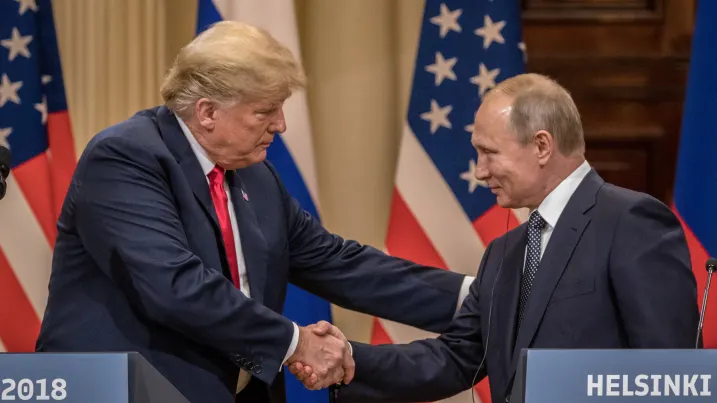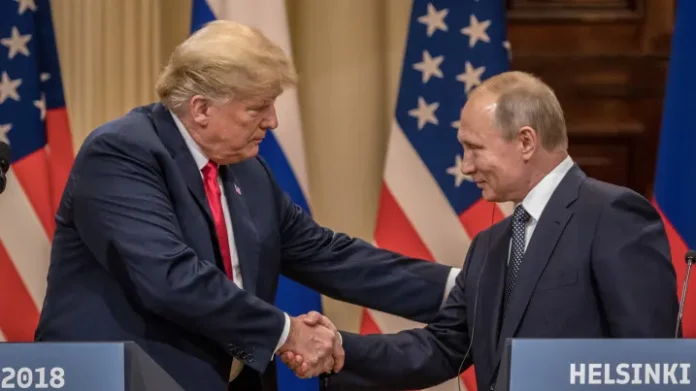In a significant development toward resolving the ongoing conflict in Ukraine, U.S. President Donald Trump and Russian President Vladimir Putin have agreed to a 30-day ceasefire focusing on halting attacks on energy infrastructure. This agreement emerged from a lengthy phone conversation between the two leaders, marking a pivotal step toward broader peace negotiations.
Details of the Ceasefire Agreement
The Kremlin announced that both nations would refrain from targeting each other’s energy infrastructure for a 30-day period. Putin promptly directed the Russian military to adhere to this commitment.
While this ceasefire specifically addresses energy and infrastructure targets, it does not encompass a complete cessation of hostilities. The agreement also includes plans to exchange 175 prisoners between Russia and Ukraine, although the White House has yet to confirm this aspect.
Path to Comprehensive Peace
Beyond the immediate ceasefire, both leaders consented to initiate technical negotiations aimed at implementing a maritime ceasefire in the Black Sea. These discussions are set to commence promptly in the Middle East, with the ultimate goal of achieving a full ceasefire and lasting peace. President Trump lauded the conversation as “a very good and productive one,” expressing optimism about the potential for a comprehensive cessation of hostilities.
Challenges and Preconditions
Despite this progress, several challenges persist. President Putin has stipulated that any enduring peace agreement must include “ironclad security guarantees,” ensuring that Ukraine remains neutral and refrains from joining NATO. He also emphasized the necessity of halting foreign military assistance and intelligence support to Kyiv as conditions for a permanent peace deal.
Additionally, there are concerns that Russia might exploit the ceasefire to regroup and strengthen its military position. Analysts caution that Ukraine requires robust defense capabilities and potentially an international peacekeeping presence to uphold any truce effectively.
International Reactions
Ukrainian President Volodymyr Zelenskyy has expressed readiness to accept the 30-day ceasefire, contingent upon Russia’s concurrent implementation. This development places pressure on President Putin to demonstrate a genuine commitment to de-escalation.
The international community is closely monitoring these developments, recognizing that the outcome of these negotiations will significantly influence regional stability and future geopolitical dynamics. The European Union and NATO have expressed cautious optimism, acknowledging the potential for this ceasefire to serve as a foundation for more comprehensive peace talks.
Historical Context and Future Prospects

The conflict in Ukraine, now surpassing three years, has resulted in substantial casualties and displacement. Previous ceasefire agreements have been fragile, often collapsing amid mutual accusations of violations. The current agreement’s focus on energy infrastructure is particularly pertinent, given recent escalations targeting these critical assets.
The forthcoming negotiations will be pivotal in determining the feasibility of extending the ceasefire to a broader cessation of hostilities. The involvement of international stakeholders and the establishment of verifiable security guarantees will be crucial in this process. Both leaders have acknowledged the complexities ahead but have expressed a shared commitment to pursuing a peaceful resolution.
Conclusion
The agreement between Presidents Trump and Putin to implement a 30-day ceasefire on energy infrastructure targets represents a noteworthy advancement in the quest for peace in Ukraine.
While challenges and uncertainties remain, this development offers a glimmer of hope for a conflict that has endured for over three years. The international community remains vigilant, anticipating that this ceasefire could pave the way for comprehensive peace negotiations and lasting stability in the region.



